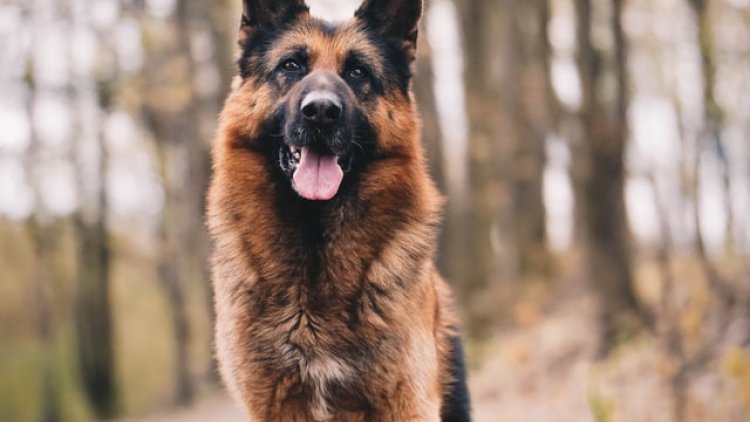Health and breeding of the German Shepherd

The German Shepherd is a breed of medium to large-sized working dog that originated in Germany. They are known for their intelligence, strength, and loyalty. German Shepherds are often used as police dogs, service dogs, and search and rescue dogs, as well as being popular family pets.
Like all breeds, German Shepherds are prone to certain health conditions. Some common health issues seen in the breed include hip dysplasia, elbow dysplasia, and spinal problems. It's important for potential German Shepherd owners to be aware of these issues and to choose a reputable breeder who has screened their breeding dogs for these conditions. Unfortunately, as the breed's popularity grew, so did the number of ailments common to the breed. For instance, "hip dysplasia" (HD), which affects many dog breeds today, was initially identified in a German Shepherd. Another joint condition that the breed has to deal with on a regular basis is "elbow dyplasia," as well as the degenerative "lumbosacral stenosis," or "cauda equina syndrome," which causes paralysis. Sheepdogs are also more susceptible to eye disorders and allergies.
In terms of breeding, it's important to remember that responsible breeding practices are essential to the health and well-being of all dogs, including German Shepherds. This includes ensuring that breeding dogs are healthy and free from genetic defects, as well as providing proper care and socialization for the puppies. It's also important to consider the temperament and suitability of the breeding dogs, as well as following appropriate breeding guidelines and laws.
German Shepherds can be wonderful pets for the right owner. They require regular exercise, training, and socialization, and they can make great companions for active families or individuals. However, it's important to do your research and choose a responsible breeder to ensure that you are getting a healthy and well-bred German Shepherd.
High-breeding, beauty-breeding, and performance-breeding German Shepherd Dogs
The German Shepherd Dog (GSD) is a breed of medium to large-sized working dog that was originally developed in Germany for herding livestock. They are known for their intelligence, strength, and loyalty, and are often used as police dogs, service dogs, and search and rescue dogs, as well as being popular family pets.
Over time, the breed standard for the GSD has evolved, and today there are several different lines or types of GSDs that have developed. These include show lines, which are bred for their appearance and conformation to the breed standard; working lines, which are bred for their working ability and physical attributes; and a mix of the two, known as "all-purpose" lines.
Show lines, also known as "high-breeding" or "beauty-breeding" lines, are typically bred to conform to the breed standard set by the German Shepherd Dog Club of Germany (SV). These dogs tend to have a more sloping back and a slightly bulkier build, and are generally less athletic and agile than working line GSDs. They are typically bred for conformation shows and do not have the same level of working ability as working line GSDs.
Working line GSDs, also known as "performance-breeding" lines, are bred for their working ability and physical attributes. These dogs tend to have a more upright back and a leaner build, and are generally more athletic and agile than show line GSDs. They are typically bred for work in fields such as police work, search and rescue, and personal protection.
It's important to note that GSDs from any of these lines can make excellent pets, provided they are well-trained, well-socialized, and receive appropriate care. It's also important to choose a reputable breeder who follows responsible breeding practices, regardless of the type of line being bred.
German Shepherd Dog from the East
The German Shepherd Dog (GSD) breed did indeed undergo changes in breeding during and after World War II, as the country was divided into East and West Germany. In East Germany (GDR), breeding programs focused on maintaining service dog qualities and a somewhat dark coloring, and the breed standard was different from that in the West.
The East German Shepherd Dog, also known as the "Ossi," was bred to have an athletic frame, bright colors, and a powerful head, as well as a straight back. They were bred in colors including black, deep black brown, grey brown, and grey brown foggy.
East German breeding programs also placed a focus on reducing the prevalence of hip dysplasia (HD) in the breed, and targeted selection was used for this purpose. However, due to the limited number of pure East German GSDs remaining today, breeding these dogs can be difficult. It's important to remember that all breeds, including the GSD, can be prone to certain health issues, and it's important for potential owners to be aware of these and to choose a reputable breeder who has screened their breeding dogs for these conditions.

 "
"
0 Comments: